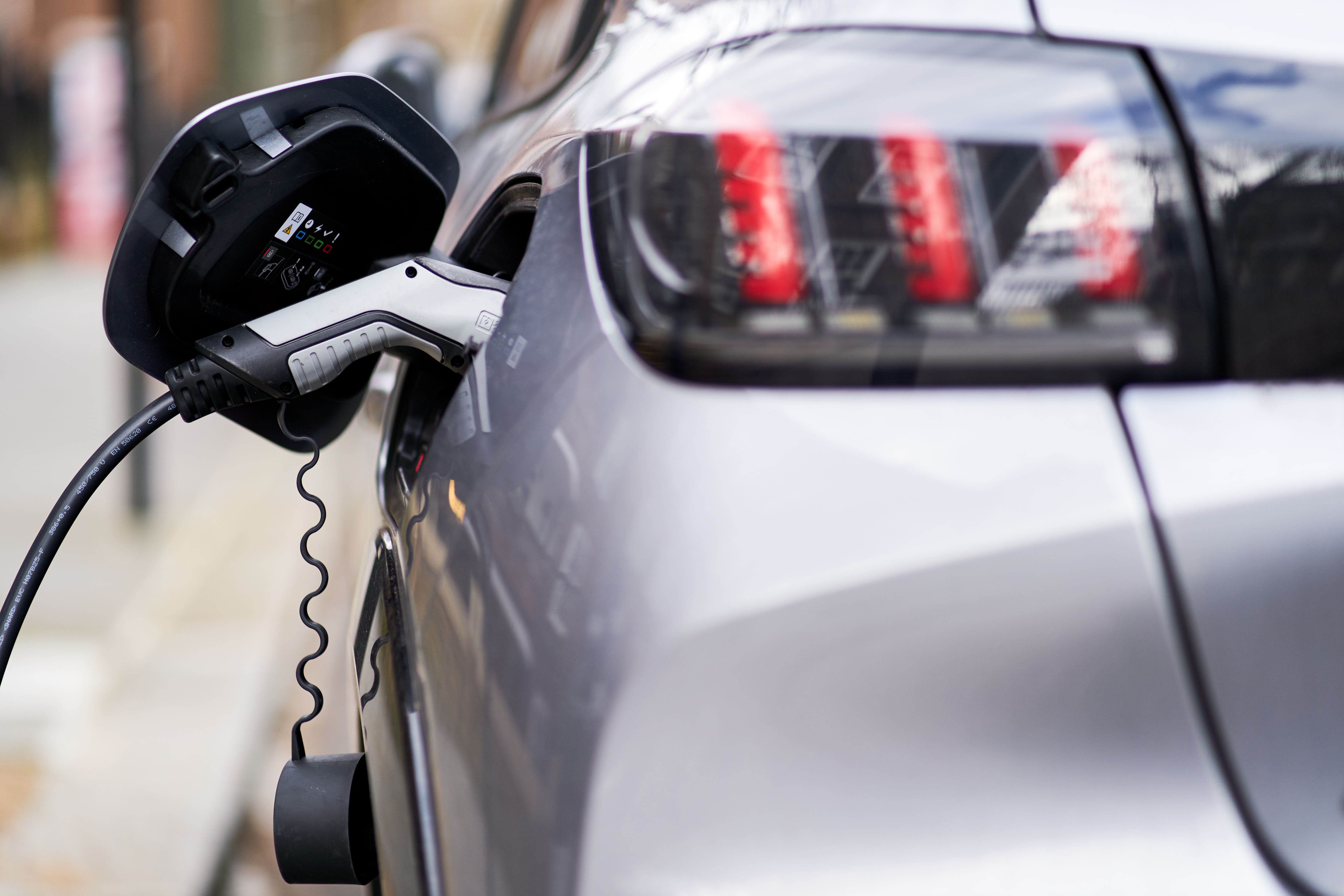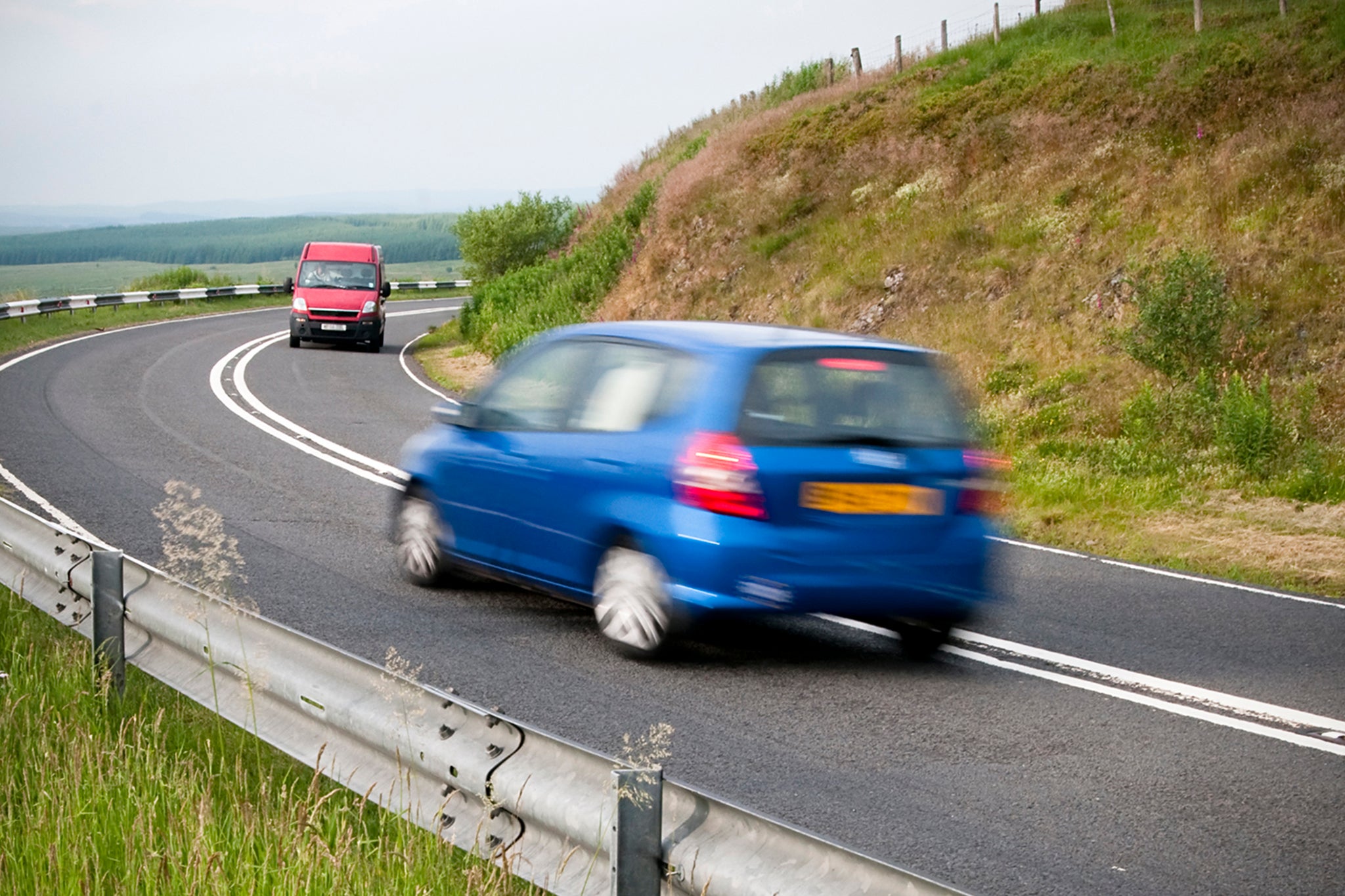Changing road tax rules will affect all drivers in 2025 as rules that came into force from 1 April bring increased or new charges for most, among a host of other potential bill increases.
Motorists face increases across the board, as most electric vehicle owners now need to pay the normal band of vehicle excise duty (or car tax) for the first time.
Revenue from car tax is collected by the Driver and Vehicle Licensing Agency (DVLA) to pay towards things like road improvements and infrastructure, as well as other areas of public spending. The DVLA holds information about the tax on its national database and carries out regular checks using number plate recognition cameras to monitor non-payments.
How much car tax a driver pays generally depends on when their vehicle was first registered, the type of vehicle it is, and the CO2 emissions it produces. There can also be extra charges for more expensive vehicles, alongside certain exemptions.
Here’s everything you need to know about the rules in 2025.
New rules for electric vehicles
From April this year, electric cars, vans and motorcycles have begun paying car tax in the same way as petrol and diesel vehicles.
For new zero-emission cars registered on or after 1 April 2025, owners will only need to pay the lowest first year rate of car tax. This is currently £10 a year.

After the first year, newly registered cars will move to the standard rate of £195 a year. Zero-emission cars first registered between 1 April 2017 and 31 March 2025 will also pay the standard rate.
New zero-emission cars with a list price exceeding £40,000 and registered on or after 1 April will also now be charged for the Expensive Car Supplement for five years. This will be £425 for 2025.
For zero and low-emission cars first registered between 1 March 2001 and 30 March 2017, car tax will be £20, in line with the Band A charge for other petrol and diesel vehicles.
Cars first registered from 1 April 2017
First-year rates
Owners of petrol and diesel cars that meet certain emission levels will pay a first-year rate that is based on its CO2 emissions.
This will range from £10 to £5,490 for petrol cars. This lower level is only for petrol cars that have zero emissions – for even 1g/km it will rise to £110. For the average petrol car, which has emissions of around 143g/km, the charge would be £1,360.
For diesel cars, the charges range from £110 to £5,490. For the average diesel car, which has emissions of around 164g/km, the charge would be £2,190.
Second year onwards
Rates for the second tax payment onwards are called standard rates, which is what most drivers will be paying. For all cars – petrol, diesel and electric – the charge in 2025 will be £195.
However, there are additional rules for expensive car owners to be aware of. Vehicles with a list price of over £40,000 have to pay a supplement for the first five years. This will be £425 from April 2025, bringing the total car tax paid to £620.

Cars first registered between 1 March 2001 and 31 March 2017
For vehicles first registered in this 16-year window, there are 13 tax bands which could be charged based on its CO2 emissions. This ranges from 101g\km, at £20, to over 255g\km, at £760. Any vehicle with emissions at or under 100g/km will pay £20 in 2025.
A vehicle’s CO2 emission details can be found on its V5C registration certification. Alternatively, the details are available on Gov.UK, but you will need to know when your car was registered and its exact model.
Cars first registered before 1 March 2001
Vehicles that are over 24 years old in 2025 are charged a standard car tax rate at two levels based on the size of their engine. For those with engines under 1549cc, the charge is £220. For those over this, it’s £360.
What about motorbikes and vans?
As with electric cars, zero-emission motorbikes and vans are now charged car tax, both at the lowest rate.
For motorbikes, the amount liable in car tax is based on engine size, ranging from £26 for an engine under 150cc, to £121 for an engine over 600cc.
For most vans, the charge is either £140 for early Euro 4 and Euro 5 compliant vehicles, or £345 for all others.
Could you be exempt from car tax?
There are a few vehicles and people that may be exempt from car tax, so its important to check that you’re not paying if you don’t have to.
Vehicles which don’t need to pay car tax include:
- Agricultural Vehicles such as tractors
- Disabled Vehicles (only if the registered disabled person is eligible)
- Disabled passenger Vehicles used by groups providing transport for disabled people
- Classic Vehicles (over 40 years old)
- Vehicles that have been take off the road with a Statutory Off Road Notification (SORN)
There are also a few social security payments which will exempt you from car tax if you receive them. These are:
- Higher rate mobility component of Disability Living Allowance (DLA)
- Enhanced rate mobility component of Personal Independence Payment (PIP)
- Enhanced rate mobility component of Adult Disability Payment (ADP)
- Higher rate mobility component of Child Disability Payment
- War Pensioners’ Mobility Supplement
- Armed Forces Independence Payment
When investing, your capital is at risk and you may get back less than invested. Past performance doesn’t guarantee future results.
What the government must do to develop the ‘investing culture’ they want
Where to nab bargains as police sell stolen Macs, designer shoes and Jimmy Choo bags
How to manage your money effectively if you’re neurodivergent
Will interest rates be affected by tariffs and when is the next BoE review?
Cheaper mortgages could be a ‘silver lining’ in fallout from Trump tariffs
Mortgage deal helps 800 first-time buyers on to the property ladder







